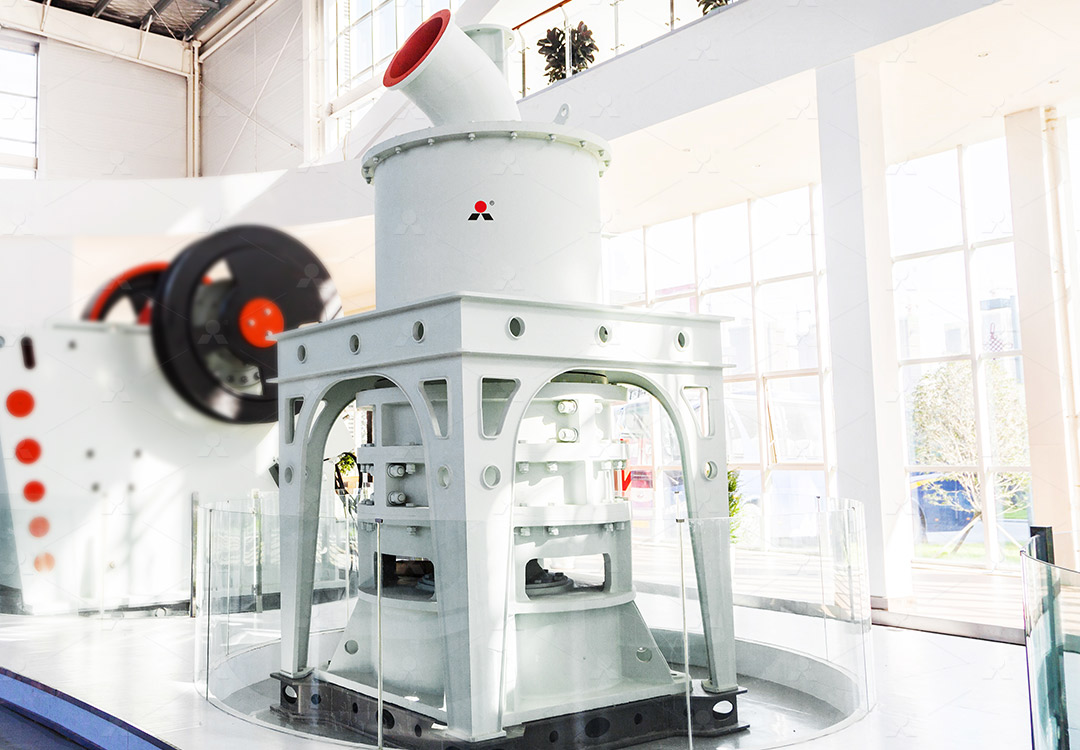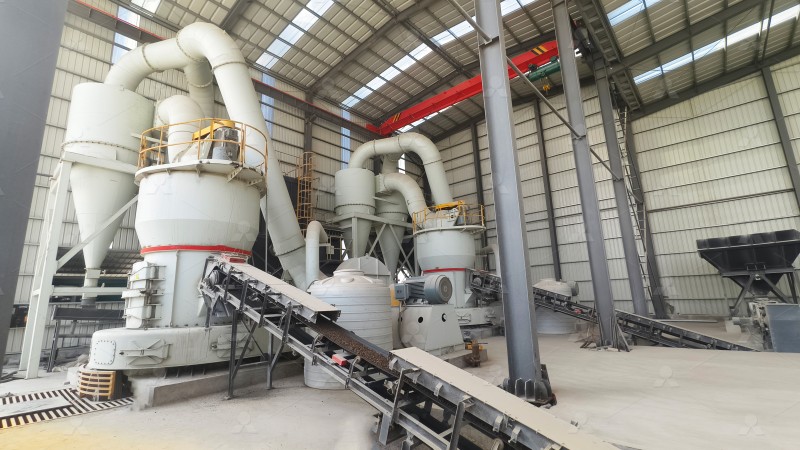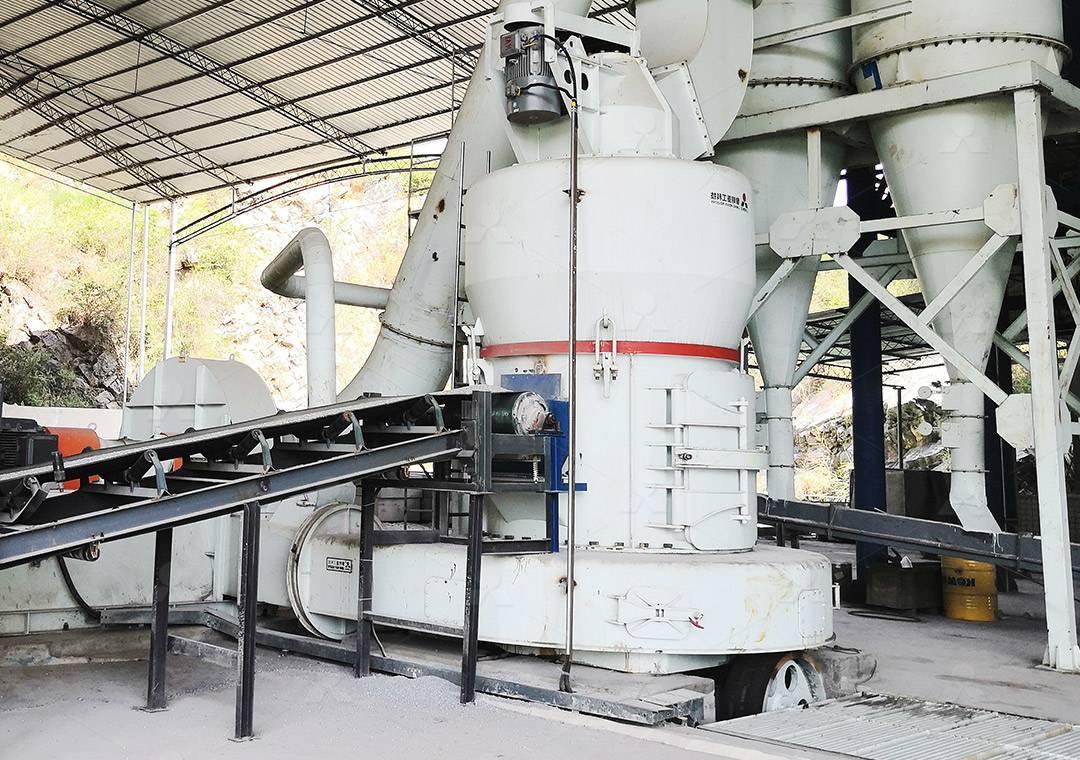Price of Grinding Mill in South Africa: A Detailed Cost Breakdown
Understanding the Investment: Grinding Mill Costs in South Africa
Investing in industrial grinding equipment is a significant decision for any mining or construction operation in South Africa. The price of a grinding mill is not a single figure; it’s a combination of the machine’s initial cost, operational expenses, maintenance, and its overall efficiency. For businesses processing materials like limestone, calcite, dolomite, or coal powder, choosing the right mill is paramount to profitability.
Key Factors Influencing Grinding Mill Prices
The final price tag on a grinding mill is influenced by several core factors:
- Capacity & Output (tph): Higher capacity machines, capable of processing 20, 50, or even 300+ tons per hour, command a higher initial investment but offer a lower cost per ton in high-volume operations.
- Technology & Features: Advanced features like German powder separating technology, automated PLC control systems, and efficient pulse dust collectors add to the cost but significantly reduce long-term operational expenses and environmental impact.
After-Sales Support & Spare Parts: A reliable supplier who offers comprehensive technical services and a sufficient supply of original spare parts is crucial. This ensuresworry-free operation and minimizes costly downtime, a critical consideration in the South African context.- Customization: Requirements for specific fineness (e.g., 325-2500 meshes) or special applications may require custom configurations, affecting the price.

Beyond the Sticker Price: The Total Cost of Ownership
A cheap mill can become the most expensive asset on your site if it constantly breaks down or consumes excessive power. The real cost includes:
- Energy Consumption: Modern mills are designed for lower energy consumption. For instance, some advanced models reduce system energy consumption by 30%-50% compared to jet mills or ball mills.
- Maintenance Downtime: Designs that allow for easy maintenance, like external lubrication without shutdown or reversible structures for roller replacement, save immense amounts in lost production time.
- Wear Part Longevity: Mills with wear-resistant alloy rollers and rings can have a service life 1.7-2.5 times longer than traditional materials, drastically reducing the frequency and cost of replacements.
Recommended Solution for Ultra-Fine Powder Production
For operations in South Africa focusing on producing high-value ultra-fine powders for industries like chemicals, paints, or cosmetics, the MW Ultrafine Grinding Mill presents an exceptional value proposition. It’s engineered for customers who need to make ultra-fine powder with a fineness adjustable between 325-2500 meshes.
Its key advantages directly adress TCO concerns: It boasts 40% higher production capacity with the same power compared to other mills, and its innovative design with no rolling bearings or screws in the grinding chamber eliminates common failure points. Furthermore, its efficient pulse dust collector ensures the entire milling operation is eco-friendly and compliant with national standards, a growing priority for South African industries.

Another Robust Option: The LUM Ultrafine Vertical Grinding Mill
For operations requiring a vertical configuration and integrating grinding, grading, and transporting, the LUM Ultrafine Vertical Grinding Mill is a top-tier choice. It features more energy-saving multi-head powder separating technology and double
Conclusion: An Investment in Efficiency
The price of a grinding mill in South Africa is an investment in your operation’s future efficiency and productivity. While the initial capital outlay is important, the true measure of value lies in the mill’s ability to produce more, consume less, and operate reliably with minimal downtime. Partnering with a manufacturer like LIMING, which stands behind its products with technical support and genuine spare parts, is essential for securing a return on that investment and ensuring

